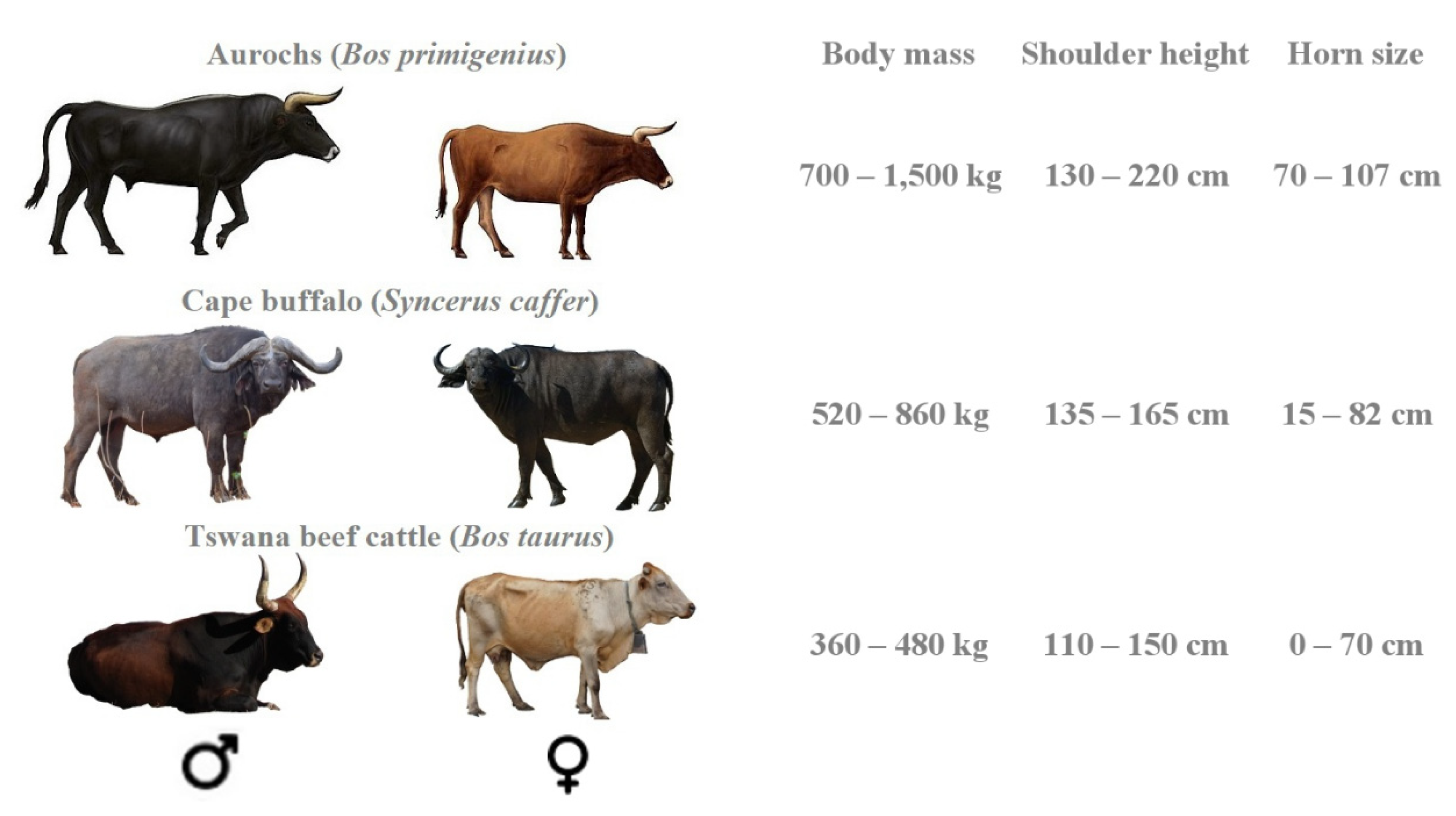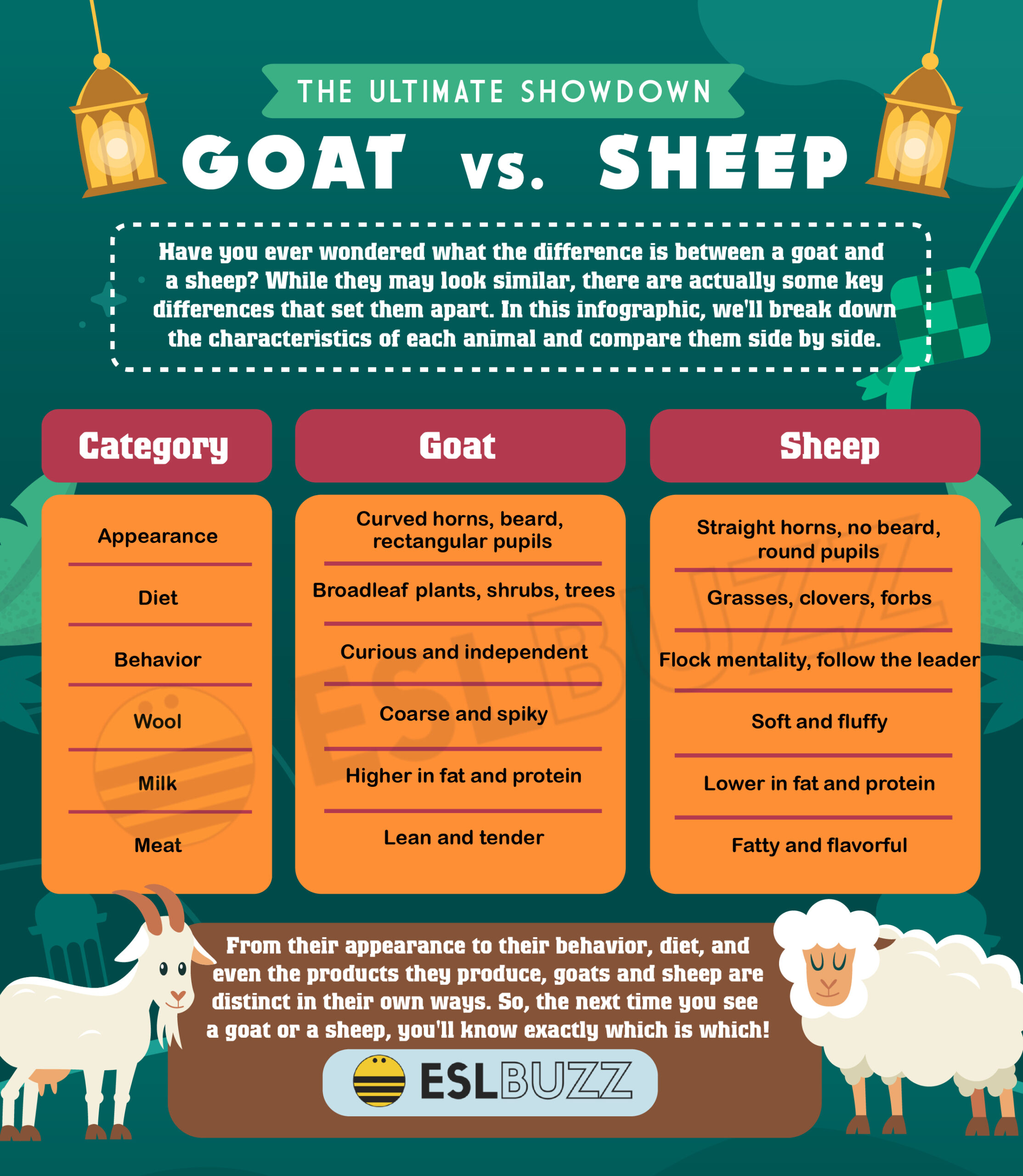1. Oxen and cows both belong to the Bos genus.
2. Oxen are castrated mature males, while cows are mature females that have been bred.
3. Oxen are larger, heavier, and more muscular than cows.
4. Oxen are used solely for work purposes and are often trained for four years.
5. Cows are used to birth calves, raised for milk, and slaughtered for meat.
6. Most species of oxen have horns, while some species of cows also have horns.
7. Oxen have muscular, rounded shoulders and a large head with a prominent brow ridge.
8. Cows possess udders and have a wider midsection with more angular shoulders.
9. Oxen are usually four years or older, while cows are two years or older as long as they have had a calf.
10. Oxen are shod for working in difficult situations, while cows are not shod.
11. The greatest differences between oxen and cows are their sex, purpose, and age.
12. Female oxen can exist if the owner needs a work animal but does not have a male available, but cows are always female by definition.
13. Heifers become cows after giving birth and are sexually mature at 12-15 months.
14. Oxen can weigh up to 2,200 lbs and stand almost 5ft at the shoulders, while cows can weigh up to 1,760 lbs.
15. Oxen are bred and trained to work on farms and in other areas, while cows are used for breeding, milk production, or meat consumption.
16. Oxen have been used as work animals for thousands of years.
17. Oxen are typically trained for about four years before beginning work.
18. Oxen need to be shod for working, while cows do not require shoes.
19. Oxen are cloven-hoofed, so humans use a careful process to bind and shoe them.
20. Oxen are smarter than cows because they are trained to use their intelligence.
Continue Reading


